Press Release: Veritas Press C.I.C.
Author: Kamran Faqir
Article Date Published: 11 Sept 2025 at 13:47 GMT
Category: Middle East | Palestine-Gaza | US-Israel At War
Source(s): Veritas Press C.I.C. | Multi News Agencies
On 12 September 2025, Israeli media reported that Israel’s security establishment had submitted to the government a plan to begin displacing Palestinian residents from Gaza starting in October. The plan, described by Channel 12, proposes a “voluntary relocation” outside the Gaza Strip by air and sea. It is expected to be a central topic of discussion during the upcoming visit of U.S. Secretary of State Marco Rubio to Israel.
According to the reports:
- The relocation initiative originates with U.S. President Donald Trump and has reportedly received public support from Prime Minister Benjamin Netanyahu.
- Israeli Far-right cabinet members, such as Finance Minister Bezalel Smotrich and National Security Minister Itamar Ben-Gvir, have pushed for displacement, preferring not to invest in Gaza if there is a chance many people will return within a year.
- Yet, there is significant scepticism among Israeli officials as to whether the plan is realistically implementable. Key obstacles include the lack of formal agreements with other countries to accept Palestinian evacuees, and Israel’s hesitance to finance the plan on a large scale.
Humanitarian Context: Fleeing Gaza, Catastrophic Conditions.
On 11 September, intensified Israeli attacks in northern Gaza forced many Palestinians to flee toward central Gaza, using whatever transport they could find, vehicles, horse carts, or on foot, with only what they could carry.
Conditions in displacement zones, particularly in places like al-Mawasi, are dire. Shelters are overcrowded, with insufficient water, sanitation, healthcare, and basic supplies. Many displaced people are returning to Gaza City despite the danger, citing that the alternatives are worse.
UN agencies and NGOs continue to warn of worsening malnutrition among children, rising death tolls, and what they describe as conditions approaching famine in parts of Gaza.
Latest Related Developments:
Recent reporting adds further context to the displacement plan and its likely geopolitical implications:
- Rubio’s visit to Israel: U.S. Secretary of State Marco Rubio is visiting Israel imminently. His trip, coming on the heels of an Israeli airstrike in Doha that targeted Hamas leaders, is expected to involve discussions around Israel’s security, the Gaza situation, and diplomatic fallout from recent operations.
- International response and diplomatic tensions: The proposed relocation plan has stirred strong opposition from Arab states (e.g. Egypt, Jordan, UAE, Saudi Arabia), which reject any displacement that amounts to “selling Gaza” or removing Palestinians from their homes-land.
- United Nations’ involvement: The UN General Assembly has just overwhelmingly endorsed a declaration calling for time-bound steps toward a two-state solution, strongly condemning both the Hamas attacks of October 7, 2023, and Israel’s retaliatory operations in Gaza. Critics argue that the displacement proposal undermines the basis for the two-state solution.
- Legal and moral challenges: Human Rights Watch and other rights groups have previously accused Israel of war crimes and violations of international humanitarian law through its mass displacement practices. These allegations feed into the debate about whether even “voluntary” relocation under the pressure of conflict and destruction can truly be voluntary.
Analysis: Risks, Feasibility, And Consequences.
Feasibility Concerns:
- Lack of hosting countries: No countries have formally agreed to accept large numbers of displaced Palestinians. Without that, the mechanics of relocation are unclear.
- Funding and logistics: The cost of relocation, transportation, housing or camps, and ongoing aid would be immense. Israel has expressed unwillingness to bear those costs entirely.
- Security and stability: Moving people during active conflict zones, ensuring safety, access to services, and preventing further death or dislocation would present huge challenges.
Risks And Criticism:
- International law: Forced displacement, even under the label of “voluntary,” raises serious questions under international law. If coercion is present, through threats, bombardment, blockade, or denial of alternatives, then displacement may amount to a violation.
- Humanitarian crisis escalation: Displacement often leads to worse health outcomes, deeper food insecurity, and elevated mortality, especially among vulnerable groups like children, the elderly, and the disabled.
- Destabilisation regionally: Massive displacement risks inflaming tensions with neighbouring states, overwhelming aid resources, and causing broader political fallout.
Narratives Of Coercion Vs. Choice:
- Israel frames the planned relocation as voluntary.
- Palestinians, NGOs, and many international actors argue that conditions, bombardment, loss of home, blockade, and collapse of services are making staying impossible, thereby making it “voluntary” only in name.
What To Watch For During Rubio’s Visit:
Rubio’s visit is likely to be a touchstone moment. Key issues to watch:
- Commitments from Israel: Whether Israel clarifies how the relocation would be voluntary, safe, funded, and under whose legal authority. Also, which countries might host evacuees?
- U.S. position: Will the U.S. fully back or moderate the Trump plan? Will Rubio press Israel on mitigating humanitarian harm?
- Responses from Arab states: Reactions from Egypt, Jordan, UAE, Saudi Arabia, etc., will influence regional legitimacy.
- International legal voices: Reactions from UN bodies, ICC or ICJ, human rights groups could be pivotal in shaping global public opinion.
- On-the-ground displacement flow: Whether the displacement begins, under what conditions, and how many people are moved.
Updated Figures & Conditions:
- More than 100,000 Palestinians have been reportedly killed since October 2023 in Gaza under Israeli military operations, per multiple sources, though the number is contested.
- Severe malnutrition: UNICEF has expressed rising concern; child malnutrition rates in August were markedly higher than in July.
Statements from governments and international law experts added context.
Below I’ve added a focused section of statements and reactions from major governments, regional actors, international organisations and legal experts that put the proposed Gaza “relocation” plan in a sharper political, legal and moral context.
Official Government Reactions:
Egypt — Cairo has repeatedly said the displacement of Palestinians from Gaza is a “red line” it will not accept. Egyptian Foreign Minister Badr Abdelatty told reporters Egypt would not tolerate mass displacement and rejected using Rafah or Egyptian territory as a conduit for resettlement. Egypt has also warned Washington that pressure to resettle Gazans in neighbouring states risks undermining the 1979 Egypt-Israel peace treaty.
Jordan — Amman has likewise opposed plans to permanently resettle Palestinians outside Gaza. Reuters reporting noted a tense interaction between U.S. and Jordanian leadership earlier in 2025 after the Trump administration pressed Jordan to accept Gazans; Jordanian officials and King Abdullah opposed permanent resettlement.
Gulf states (UAE, Qatar, Saudi positions) — Several Gulf foreign ministries have condemned proposals to displace Gazans, insisting reconstruction must involve Palestinians staying in Gaza and be led by Arab states. Qatar and the UAE have publicly rejected displacement framed as “voluntary migration” and warned against actions that would amount to demographic engineering.
European Union / European Parliament — European institutions have framed the crisis as requiring urgent humanitarian action, protection of civilians and steps toward a two-state solution. Recent European Parliament motions and resolutions have condemned the humanitarian emergency in Gaza, called for action to avert famine and underlined adherence to international law. The EU has not endorsed displacement as a solution.
United States (administration and Congress) — The U.S. executive branch posture is mixed: senior U.S. officials, including Secretary of State Marco Rubio, are travelling to the region to reaffirm U.S. security commitments to Israel and to discuss Gaza, but there are sharp divisions inside Washington. Some senior U.S. lawmakers and a group of senators have publicly condemned displacement proposals and warned that the U.S. could be complicit in practices amounting to ethnic cleansing if it backs coercive transfers. The State Department’s public briefings reiterate that Hamas must not re-control Gaza, a position used to justify seeking durable political solutions, but concrete U.S. support for mass relocation remains contested.
International Organisations And Multilateral Responses:
United Nations — UN bodies have consistently warned about the humanitarian catastrophe in Gaza and rejected coercive removal. The UN’s parliamentary and secretariat statements (including those read out by the Secretary-General’s office and Palestinian Rights Committee representatives) explicitly reject plans that would amount to population transfers under pressure, and continue to press for protection of civilians, humanitarian access and a mediated political solution. The UN General Assembly recently endorsed a declaration backing time-bound steps toward a two-state solution, a direct rebuke to notions that Gaza’s population could be permanently removed as a political fix.
European Parliament — In plenary sessions in early September, the Parliament moved motions linking urgent famine relief and protection of civilians to the legal obligation to oppose forced displacement; lawmakers demanded action to combat famine and stressed two-state diplomacy rather than engineered demographic change.
Statements And Analysis By International Law Experts And Legal Bodies:
International Criminal Court (ICC) — The ICC’s office and its prosecutor, Karim A.A. Khan KC, have repeatedly emphasised that large-scale forcible transfers of a protected population can constitute crimes under the Rome Statute. The ICC’s earlier actions, including arrest warrant applications and statements about accountability for serious violations in the occupied Palestinian territories, signal that proposals facilitating or aiding coercive displacement would raise acute legal exposure for state and individual actors. Commentators have specifically warned that facilitating or compelling mass transfers could expose both Israeli and any supporting foreign officials to ICC scrutiny.
Leading genocide scholars (International Association of Genocide Scholars, IAGS) — In late August 2025, the IAGS adopted a resolution concluding that Israel’s actions in Gaza met the legal criteria for genocide. The resolution highlights patterns of mass killing, deprivation (including of food and medical supplies), and forced displacement as elements supporting its conclusion. That expert declaration has already intensified international scrutiny of any policies that could institutionalise permanent displacement.
Other legal scholars and human rights NGOs — A wide range of international lawyers, UN experts and human rights organisations (including Human Rights Watch, Amnesty, and several independent public international law scholars) have warned that any state-led programme which results in the removal of a population under duress, even if labelled “voluntary”, risks meeting the threshold for crimes against humanity or war crimes, particularly where bombardment, blockade and destruction of infrastructure render remaining unviable. These experts stress that voluntariness requires free, informed consent, absence of coercion and realistic alternatives, conditions not present in Gaza’s operational environment.
Legal warnings aimed at third-party states — Commentators have pointed out that states which agree to accept evacuees, or which help plan or finance removals, could themselves face allegations of complicity in internationally wrongful acts if displacement is coerced. Media reporting and NGO legal notes have warned U.S. and allied officials that any facilitation of transfer could create legal as well as reputational liabilities.
Summary Of What Those Statements Add To The Story.
- Regional rejection is firm — Key neighbours (Egypt, Jordan, Gulf states) have publicly rejected permanent resettlement through their territory and described displacement as unacceptable. This undercuts the practical feasibility of any plan that requires neighbouring states to host large numbers of Gazans.
- Legal alarm bells are ringing — The ICC, leading genocide scholars, UN experts and major human-rights organisations have framed large-scale or coercive transfers as potential international crimes; these legal judgments sharply raise the stakes for any government that designs, funds, or implements such a programme.
- Political costs for backers are real — Several U.S. lawmakers, European institutions and international civil society groups warn of political and diplomatic blowback for states that endorse displacement; even inside the U.S., there is discord over whether American policy should back relocation proposals.
- “Voluntary” is legally fragile — Experts stress that the label “voluntary relocation” is insufficient: where civilians flee under bombardment, blockade, or lack of necessities, apparent voluntariness can be illusory. Legal scholars insist that voluntariness must be assessed against the full context of coercion and consent.
Conclusion: Displacement By Design – Echoes Of History.
The Israeli security establishment’s displacement plan is not a technical policy exercise; it is the latest step in a long continuum of demographic engineering in Palestine. By cloaking the forced removal of Palestinians in the language of “voluntary relocation,” Israel attempts to rebrand what international law and history have consistently recognised as coercion.
The comparisons are stark. In Bosnia in the 1990s, Serb militias used siege, starvation, and mass killings to compel Bosnian Muslims to abandon territory, while insisting departures were voluntary. The International Criminal Tribunal for the former Yugoslavia later ruled those expulsions to be ethnic cleansing and crimes against humanity. In South Africa’s apartheid era, entire communities were trucked away from their homes under “relocation schemes” justified by security and urban planning, decades later recognised as systematic violations of human rights. And in Palestine itself in 1948, more than 700,000 Palestinians fled or were expelled during the Nakba, with Israel to this day maintaining that many “left of their own accord.” The continuity between that foundational displacement and today’s proposals is undeniable.
International law has since evolved precisely to prevent repetition of such crimes. Article 49 of the Fourth Geneva Convention prohibits “forcible transfers” of occupied populations, and the Rome Statute of the International Criminal Court treats such acts as war crimes. ICC Prosecutor Karim Khan has already warned that “starvation as a method of warfare, the denial of humanitarian relief, and the forcible transfer of civilians” are prosecutable crimes under his jurisdiction. Similarly, the UN’s special rapporteur on the occupied Palestinian territories, Francesca Albanese, has stated bluntly: “What we are witnessing is the attempt to make Gaza uninhabitable in order to displace its population, a textbook case of ethnic cleansing.”
Human rights organisations echo this assessment. Human Rights Watch has cautioned that Israel’s siege tactics “amount to the deliberate infliction of conditions of life calculated to bring about the physical destruction of the population in whole or in part.” Amnesty International has warned that framing mass expulsion as “voluntary” is “a legal fiction masking what is in fact a war crime.” And leading genocide scholar Raz Segal has described Israel’s strategy as “a textbook case of genocide unfolding in real time.”
The regional and global context only amplifies the danger. Egypt, Jordan, and Gulf states have drawn clear red lines, rejecting any attempt to push Gaza’s population into their territories. Yet Washington, by giving oxygen to the Trump-Rubio plan, risks enabling an outcome that could forever extinguish the possibility of a Palestinian state and enshrine ethnic cleansing as a viable policy tool.
The underlying reality is inescapable: displacement is already happening under fire. Starvation, bombardment, the destruction of hospitals and schools, and the blockade of aid are not background noise; they are instruments of coercion. To call relocation “voluntary” in this environment is to strip the word of meaning. It is, as international law professor William Schabas has noted, “a linguistic fig leaf for the crime of forcible transfer.”
If this plan proceeds, the world will once again witness the erasure of a people through engineered exile. But unlike 1948, when the world was distracted and international law was embryonic, today the legal frameworks are in place, the precedents are clear, and the warnings have been sounded. The choice facing the international community is not one of ambiguity; it is whether to allow Gaza to become the next Bosnia, the next Sophiatown, the next Nakba.What is at stake is not only the survival of Gaza’s 2.2 million Palestinians, but the credibility of a global order that promised “never again.”
Tags:


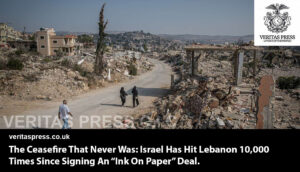




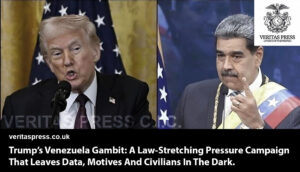
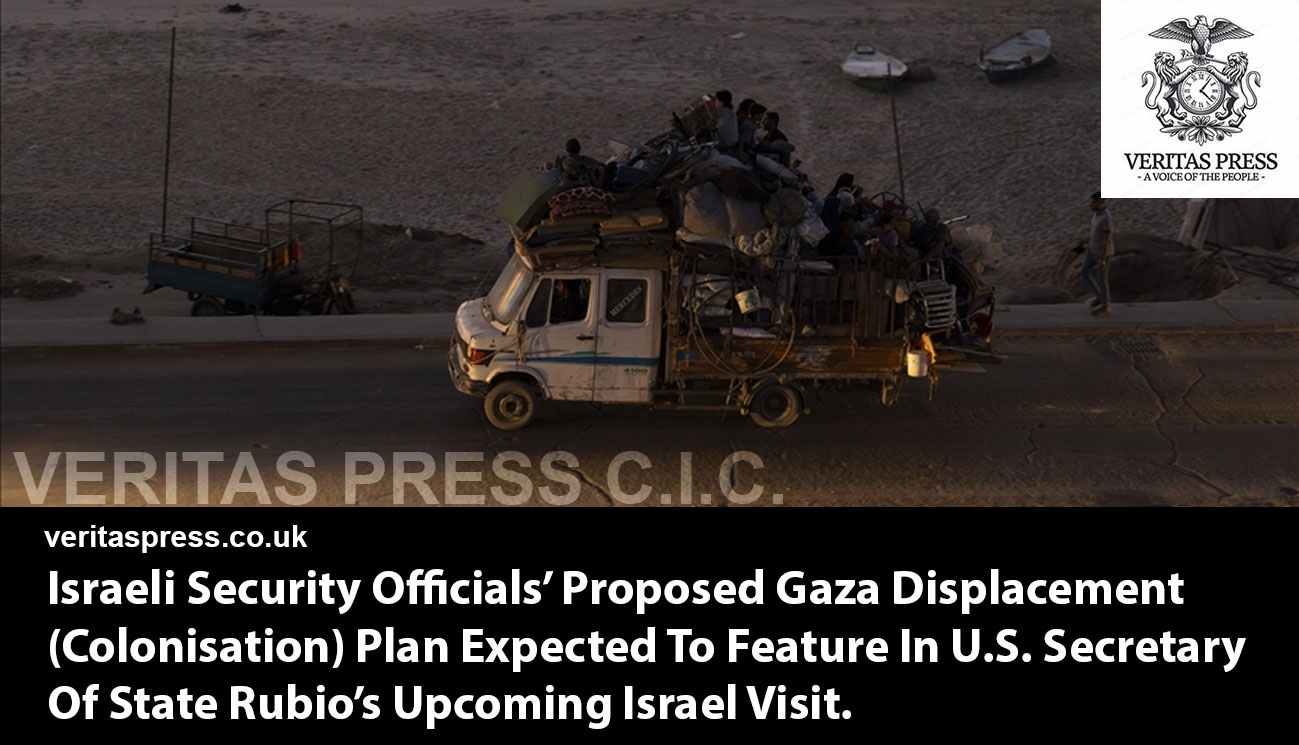
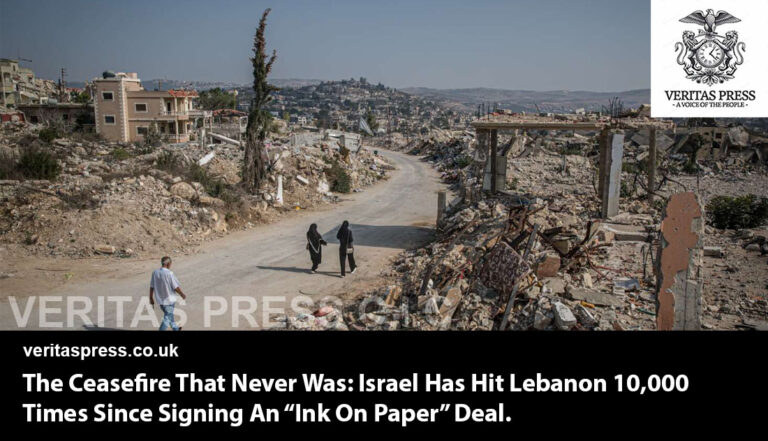


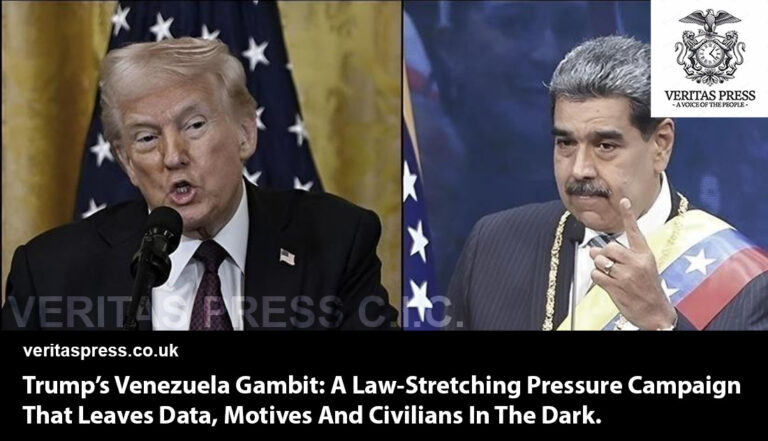


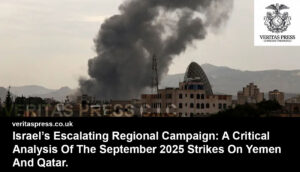
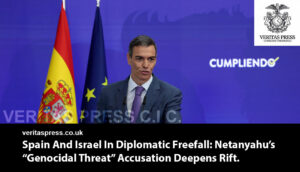
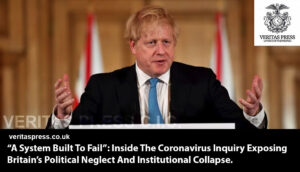









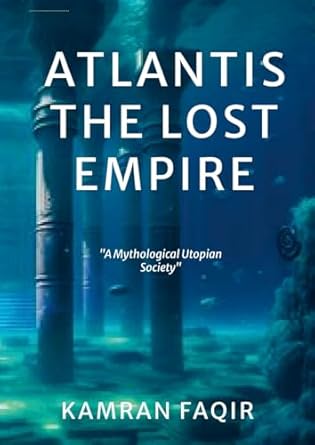
Leave a Reply